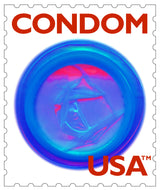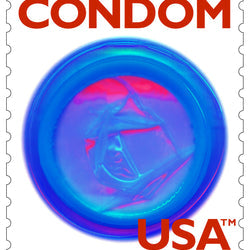Gender identity, sexual orientation and romantic orientation are three integral components of sexual identity. Each component exists independently, yet they also intersect in ways that form a person's overall sexual identity.
- Gender identity is one's internal experience of their gender. Many people identify their gender primarily with their sex as assigned at birth, which is referred to as cisgender. Trans/transgender people identify with a sex/gender other than what was assigned to them at birth. For example, a person may have been assigned female at birth based on a doctor's examination of external genitalia, yet they might identify as a man and present as male socially. Examples of non-cisgender identities are: agender, bigender, gender neutral, non-binary or genderqueer.
- Sexual orientation is to whom we are sexually and romantically attracted. Terms for sexual orientation can include heterosexual/straight, gay/lesbian, bisexual, pansexual, asexual, queer/questioning.
- Romantic orientation reflects our intrinsic desire to engage in romantic connections with others. A person may have romantic desire or attraction, but not experience sexual attraction, or vice versa (e.g. hetero-romantic asexual, aromantic bisexual). Terms for romantic orientation may include aromantic, demi-romantic or polyamorous.
Looking at the ways these three components of sexual identity intersect can be confusing or overwhelming. However, it is important to recognize that there are limitless possibilities and that all are natural expressions of human sexuality.
While we have listed examples of identity terms for each of the three components, there are many other self-determined identities. You should respect and affirm ways that people self-identify, even if it is something you have never heard of before.
https://utdallas.edu/counseling/sexualidentity/






Leave a comment